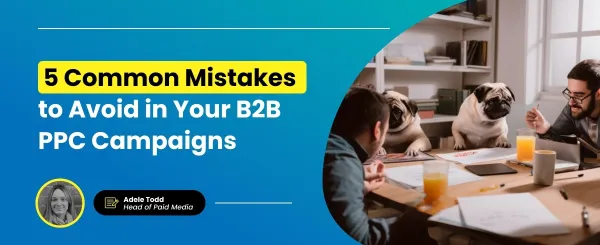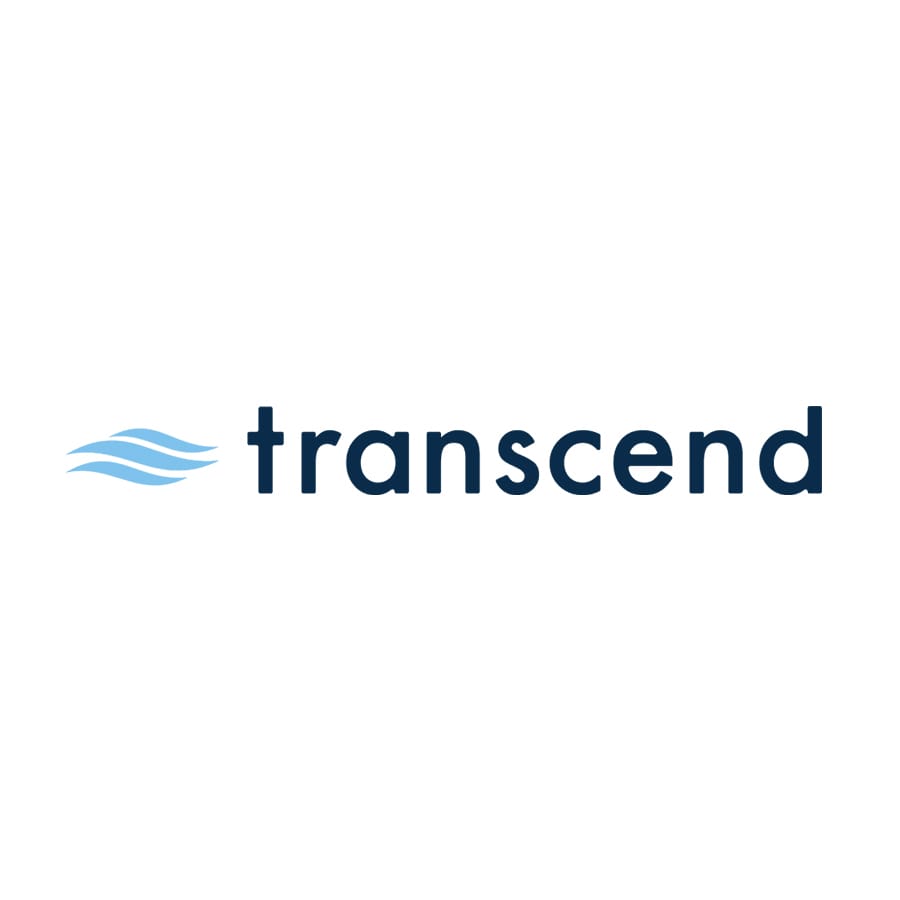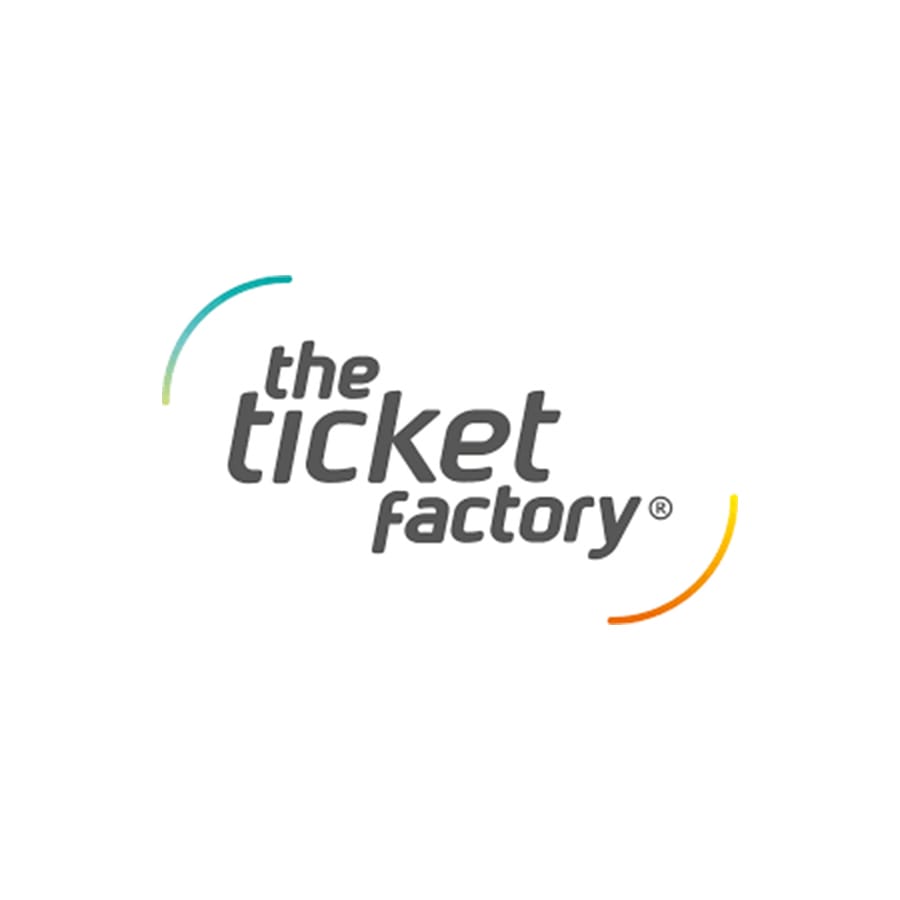The ABM Funnel is a strategic framework used in account-based marketing to guide high-value accounts through a personalised journey. Unlike traditional funnels, it focuses on identifying a small number of target accounts and nurturing them with tailored campaigns, driving engagement, conversion, and long-term advocacy.
It prioritises quality over quantity, aligning sales and marketing for maximum ROI. The value of the ABM funnel is that, while it is an upfront investment from both a time and a cost perspective, it often improves efficiency in the long term, compared to traditional demand generation approaches.
Introduction What is the Account-Based Marketing Funnel?
In the world of business-to-business (B2B) marketing, one approach is rapidly gaining traction for its precision and personalisation: account-based marketing (ABM). This highly targeted strategy focuses on engaging specific, high-value accounts, and creating tailored campaigns to address their unique needs.
Unlike traditional lead-based marketing, which casts a wide net to generate as many leads as possible and then filters them through qualification, ABM takes a more strategic approach. Instead of focusing on volume, ABM prioritises quality by selecting high-value accounts from the outset, ensuring that marketing and sales efforts are highly personalised and aligned with the specific needs of each prospect. This shift not only improves engagement rates but also leads to higher conversion and retention, as resources are spent on the most promising opportunities rather than sifting through unqualified leads.
At the heart of this approach lies the ABM funnel, a structured framework that guides businesses in turning carefully selected accounts into long-term customers and advocates.
This article explains the ABM sales funnel, covering its stages, benefits, and practical applications. Whether you’re new to the concept or looking for a deeper understanding, this guide will help you comprehend the marketing funnel and how it relates to account-based marketing.
Introduction to Account-Based Marketing (ABM)
Traditional funnel marketing casts a wide net, aiming to attract as many leads as possible. While effective in some cases, this approach often fails to deliver the depth needed to convert high-value accounts. ABM, in contrast, flips the traditional marketing funnel on its head by prioritising quality over quantity. It focuses on the path an interested lead takes to becoming a paying customer, ensuring that resources are allocated efficiently to those most likely to convert. ABM is most effective in high-ticket sales environments where multiple stakeholders are involved in the buying process.
Why is ABM Important?
- Drives higher conversion rates by targeting the right accounts.
- Creates stronger relationships through personalised marketing efforts.
- Delivers better return on investment (ROI) for B2B companies.
The Stages of the ABM Funnel
The ABM sales funnel typically consists of four key stages, each playing a critical role in moving target accounts through the buying journey.
1. Identify
This stage involves identifying and selecting the accounts that align with your Ideal Customer Profile (ICP).
- Define Your ICP: Use criteria such as industry, company size, and revenue potential to identify suitable accounts.
- Collaborate Across Teams: Ensure alignment between sales and marketing teams when selecting target accounts.
- Leverage Data: Use tools like CRM platforms to identify high-value opportunities in your market.
- Use Intent Data and Predictive Analytics: Identify accounts that are actively researching solutions similar to yours by leveraging intent data and predictive analytics. These insights help prioritize high-value prospects and refine targeting, ensuring your efforts focus on accounts with the highest likelihood of conversion.
3. Expand
Here, you research and map the decision-makers and influencers within your selected accounts. This stage often involves leveraging first-and-third party intent data to ensure messaging resonates with the right contacts.
- Understand the Organisation: Identify key stakeholders involved in decision-making.
- Explore Pain Points: Research challenges and objectives specific to each account.
- Customise Messaging: Tailor your communications to address the unique needs of each account.
3. Engage
In this stage, you execute personalised campaigns designed to capture attention and build trust.
- Create Multi-Channel Campaigns: Use email, social media, and direct outreach to connect with decision-makers.
- Develop Bespoke Content: Provide case studies, webinars, or demonstrations that address the account’s specific challenges.
- Focus on Personalisation: Ensure all touchpoints feel relevant and tailored to the account’s needs.
- Build Account-Specific Landing Pages: Create dedicated landing pages tailored to individual target accounts, featuring personalized messaging, relevant case studies, and customized CTAs. These pages enhance engagement by providing a seamless, account-focused experience that aligns with the prospect’s unique pain points and interests.
4. Advocate
Once an account has converted, the goal is to nurture the relationship and encourage advocacy.
- Foster Long-Term Relationships: Regularly engage with the account to maintain trust and loyalty.
- Encourage Referrals: Turn satisfied customers into advocates by asking for testimonials or case studies.
- Deliver Ongoing Value: Provide exclusive content, updates, or loyalty incentives to retain and grow the relationship.
- Cross-sell & Upsell: Ongoing engagement includes upsell and cross-sell strategies, which are crucial for maximising customer lifetime value.
ABM Funnel vs Traditional Funnel Marketing
A significant difference between the ABM marketing funnel and traditional funnel marketing is the focus on specific accounts from the outset. In the traditional model, businesses attract a broad audience and filter down to qualified leads. In the ABM funnel, the process is inverted—high-value accounts are identified first, and resources are allocated to engaging them throughout the path an interested lead takes to becoming a paying customer. While ABM requires a higher initial investment, the efficacy with which deals are closed in ABM often justifies the upfront costs.
Advantages of the ABM Funnel:
- Increased efficiency by targeting high-potential accounts.
- Higher ROI due to precise and personalised efforts.
- Stronger alignment between sales and marketing teams.
Examples of the ABM Funnel in Action
To better understand how the ABM funnel works in practice, consider the following examples:
Example 1: Technology Firm
A SaaS provider used the ABM sales funnel to target 10 high-value accounts. By creating personalised landing pages and hosting exclusive webinars, they achieved a 70% engagement rate and converted 30% of their target accounts into paying customers.
Example 2: Healthcare Company
A medical equipment supplier implemented a multi-channel ABM campaign, using email, direct mail, and social media ads to engage their target accounts. The campaign increased deal size by 40% and shortened the sales cycle by 20%.
How to Build an ABM Marketing Funnel
If you’re ready to implement your own account-based marketing funnel, follow these steps:
- Define Your ICP: Identify the types of accounts that are most valuable to your business.
- Select Target Accounts: Use data and insights to pinpoint high-value opportunities in your market.
- Create a Plan: Develop tailored campaigns that address the unique needs of each account.
- Engage Effectively: Use a mix of channels and personalised content to build trust.
- Measure Results: Track metrics like engagement, conversion rates, and ROI to assess performance.
- Use the Tools: Making use of platforms like Demandbase or Terminus can help streamline your ABM processes, execution and reporting.
Challenges of the ABM Funnel
While the ABM funnel offers significant benefits, it can present challenges:
- Aligning Sales and Marketing: Close collaboration is essential but can be difficult to achieve.
- Scaling Personalisation: Tailoring campaigns for multiple accounts requires time and resources.
- Tracking Metrics: Measuring the success of account-specific efforts requires robust data analytics.
Overcoming Challenges
- Use technology like CRM and analytics platforms to streamline efforts.
- Foster regular communication between sales and marketing teams.
- Focus on quality over quantity to ensure personalised interactions.
Understanding the ABM Funnel for Impact
The ABM marketing funnel is a transformative approach for businesses looking to target high-value accounts with precision and impact. By following the ABM funnel stages—Identify, Expand, Engage, and Advocate—businesses can create personalised journeys that guide accounts through the path an interested lead takes to becoming a paying customer.
Whether you’re new to account-based marketing or refining your strategy, understanding the ABM funnel is essential for building stronger relationships, achieving higher ROI, and standing out in today’s competitive market. With the right tools and collaboration, the ABM sales funnel can drive lasting success for your business.
Need help harnessing the full potential of ABM for your business? Discover how our ABM services can transform your marketing strategy and help you target and win high-value accounts effectively.
FAQS
While the traditional marketing funnel may vary depending on the model, the five commonly referenced stages are:
- Awareness: Capturing the attention of your audience and introducing them to your brand.
- Consideration: Engaging leads and providing information that helps them evaluate your product or service.
- Decision: Encouraging leads to choose your solution over competitors.
- Action: Converting leads into paying customers.
- Advocacy: Building loyalty and encouraging satisfied customers to advocate for your brand.
For ABM specifically, the funnel stages include Identify, Expand, Engage, and Advocate, focusing on building relationships with target accounts rather than progressing a large number of leads.
An ABM funnel is a strategic framework used in account-based marketing to guide high-value target accounts through a personalised customer journey. Unlike a traditional marketing funnel, which starts with a broad audience, the ABM funnel begins with a smaller, predefined group of high-value accounts. These accounts are nurtured through tailored engagement efforts with the goal of converting them into loyal customers and brand advocates.
The ABM funnel flips the traditional funnel approach. While the traditional funnel focuses on generating a large volume of leads and narrowing them down, the ABM funnel begins with identifying a small number of high-value accounts and allocating resources to personalised efforts that maximise engagement and conversion.
The key benefits of an ABM funnel include:
- Higher conversion rates due to personalised engagement.
- Better alignment between sales and marketing teams.
- Efficient use of resources by focusing on high-value accounts.
- Stronger relationships with target accounts, leading to greater loyalty and advocacy.
To begin with an ABM funnel:
- Define your Ideal Customer Profile (ICP).
- Select high-value accounts that align with your ICP.
- Map key stakeholders and decision-makers within these accounts.
- Develop and implement personalised campaigns.
- Measure performance and adjust your strategy to maximise results.
Yes, an ABM funnel can be adapted for businesses of all sizes. Small businesses can start with a limited number of accounts and scale their efforts as they gain experience. The focus on quality over quantity ensures that even businesses with limited resources can achieve meaningful results.
Some popular tools for ABM include:
- CRM platforms like Salesforce or HubSpot to manage account data.
- Analytics tools to track engagement and measure success.
- Content personalisation platforms to create tailored experiences for target accounts.
- ABM-specific tools like Demandbase or Terminus for executing campaigns.












































